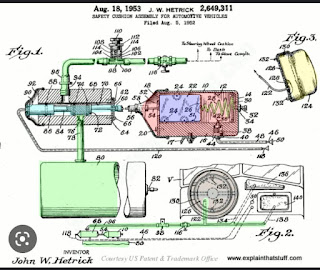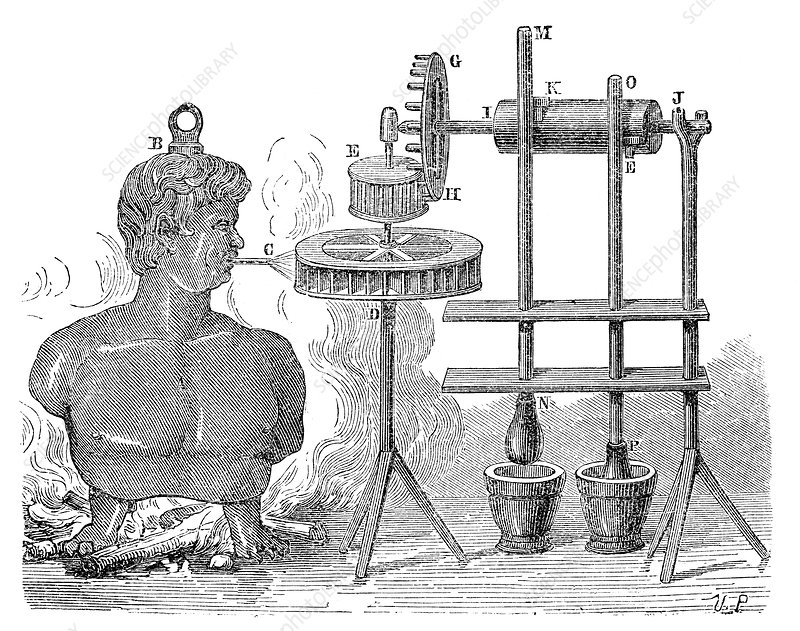The developments by mechanical engineers in 1940-1960 ,which proved that engineers can do anything and can remake the world.
1940.A. D _ 1960 A.D by V. Naga Pujitha
The developments by mechanical engineers in 1940-1960 ,which proved that engineers can do anything and can remake the world.
1941 : Gloster E28/39
The Gloster E.28/39, (also referred to as the Gloster Whittle, Gloster Pioneer, or Gloster G.40) was the first British jet-engined aircraft and first flew in 1941. It was the fourth jet to fly, after the German Heinkel He 178 (1939), the Italian Caproni Campini N.1 motorjet (1940), and the German Heinkel He 280 (1941).The E.28/39 was the product of a specification which had been issued by the Air Ministry for a suitable aircraft to test the novel jet propulsion designs that Frank Whittle had been developing during the 1930s1943: Dialysis machine
Dr. Willem Kolff is considered the father of dialysis. This young Dutch physician constructed the first dialyzer (artificial kidney) in 1943.
The road to Kolff’s creation of an artificial kidney began in the late 1930s when he was working in a small ward at the University of Groningen Hospital in the Netherlands.
: Kolff’s machine is considered the first modern drum dialyzer, and it remained the standard for the next decade. After World War II ended, Kolff donated the five artificial kidneys he’d made to hospitals Kolff had first gotten the idea of developing a machine to clean the blood after watching a patient suffer from kidney failure.
POST-WAR (1946-1968)
1947 saw a merger with the Institution of Automobile Engineers to create the Institution’s first division; the Automobile Division.
In the early 1950s the Institution went into publishing with a monthly magazine, Chartered Mechanical Engineer, and a book publishing venture. Both were designed to deliver technical information and innovation in design, manufacturing, and process.
1967 saw the introduction by the Council of Engineering Institutions (CEI) of a new and universal status of Chartered Engineer with the right to use the post-nominal CEng.
1953 : air bags
The airbag "for the covering of aeroplane and other vehicle parts" traces its origins to a United States patent, submitted in 1919 by two dentists from Birmingham, Arthur Parrott & Harold Round[10] and approved in 1920.[11] Air-filled bladders were in use as early as 1951.[12][13] The airbag specifically for automobile use is credited independently to the American John W. Hetrick, who filed for an airbag patent on 5 August 1952, that was granted #2,649,311 by the United States Patent Office on 18 August 1953.[14][15][16] German engineer Walter Linderer, who filed German patent #896,312 on 6 October 1951, was issued on 12 November 1953, approximately three months after American John Hetrick
1959 : hydrogen fuel cell
In 1839, the first fuel cell was conceived by Sir William Robert Grove, a Welsh judge, inventor, and physicist. He mixed hydrogen and oxygen in the presence of an electrolyte and produced electricity and water. The invention, which later became known as a fuel cell, didn't produce enough electricity to be useful.
Fuel Cells in Vehicles
In October of 1959, Harry Karl Ihrig, an engineer for the Allis - Chalmers Manufacturing Company, demonstrated a 20-horsepower tractor that was the first vehicle ever powered by a fuel cell.
During the early 1960s, General Electric produced the fuel-cell-based electrical power system for NASA's Gemini and Apollo space capsules.







Comments
Post a Comment